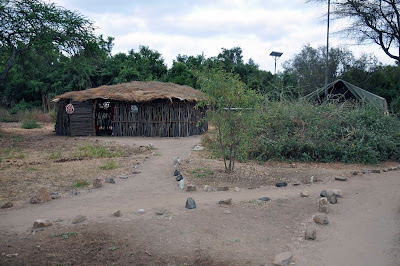From Journal of American Medical Association Nov 27, 2013: Volume 310, #20
Packing for the Road
by Corey Fogelmanm MD
Packing for the road is a way
Of lightening the load. So much
That crowds the mind can at
Last be left behind. Yet if we
Leave what gimbals the keel, how
Off-center the chest can feel.
Perhaps we are nomads at our
Core, connected to what's
Essential and nothing more.
My husband and I are seasoned travelers as you can tell from the many travel blogs on this site. Over the years of our peripatetic activities we have slowly learned how to pack very very light.
Packing for the Road
by Corey Fogelmanm MD
Packing for the road is a way
Of lightening the load. So much
That crowds the mind can at
Last be left behind. Yet if we
Leave what gimbals the keel, how
Off-center the chest can feel.
Perhaps we are nomads at our
Core, connected to what's
Essential and nothing more.
My husband and I are seasoned travelers as you can tell from the many travel blogs on this site. Over the years of our peripatetic activities we have slowly learned how to pack very very light.











































